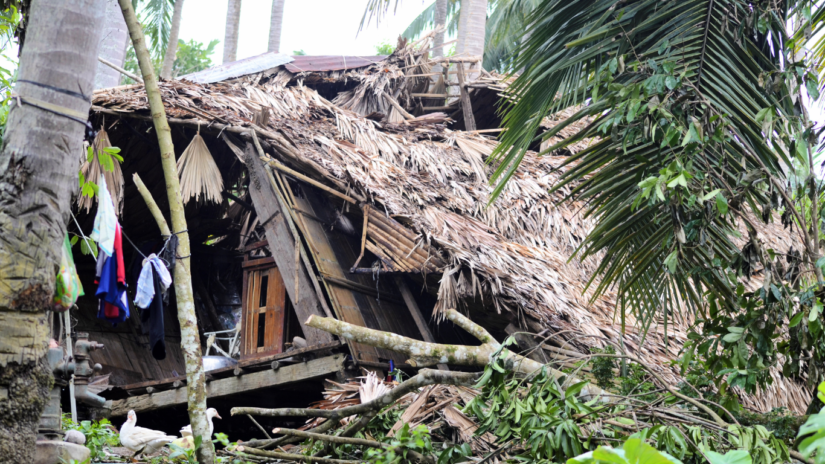Pioneering Disaster-Resilient Energy Solutions: Government to Launch MES Pilot Program in Typhoon-Prone Areas
The government’s initiative to pilot tests the Mobile Energy System (MES) in typhoon-prone municipalities within Cagayan Province marks a significant step towards enhancing disaster resilience in vulnerable areas. President Marcos announced this groundbreaking project during the launch of the Energy Sector Emergency Operations Center (ESEOC) and the symbolic turnover of a miniature MES in Taguig City, underlining the administration’s commitment to leveraging innovative technology for disaster preparedness.
The pilot run will focus on municipalities such as Sta. Ana and Lal-lo in Cagayan Province are areas known for their susceptibility to typhoons and natural calamities. By initiating this pilot test, the government aims to evaluate the effectiveness of the MES in providing reliable energy access during times of crisis, particularly in remote and disaster-prone regions.
President Marcos emphasized the urgent need to address current energy challenges through technological advancements and innovative solutions. The MES units, which will also be distributed to various government agencies, are specially designed to ensure continuous power supply in critical sectors such as healthcare facilities, education, telecommunications, financial institutions, and industrial enterprises. This comprehensive approach aims to strengthen resilience across different industries and communities, especially in unserved remote areas with limited access to electricity.
Furthermore, the government’s collaboration with the United States Agency for International Development (USAID) underscores the significance of international partnerships in bolstering disaster resilience efforts. The USAID’s contribution to the Energy Secure Philippines activity, amounting to $34 million, reflects a shared commitment to fortifying energy infrastructure and response capabilities in the face of natural disasters and cyber threats. Each MES unit is equipped with a 50kWh battery storage capacity, capable of powering essential devices and equipment such as television sets, air-conditioning units, light bulbs, computers, laptops, phone chargers, fans, and internet modems for nearly 12 hours when fully charged. This level of energy resilience is crucial in areas prone to frequent power disruptions caused by typhoons and other disasters.
According to the Philippine Atmospheric, Geophysical, and Astronomical Services Administration (PAGASA), an average of 20 tropical cyclones enters the Philippine Area of Responsibility (PAR) annually, with five of them being highly destructive. The implementation of the MES pilot test demonstrates proactive measures to mitigate the impact of natural calamities and ensure the continuity of essential services during emergencies.

